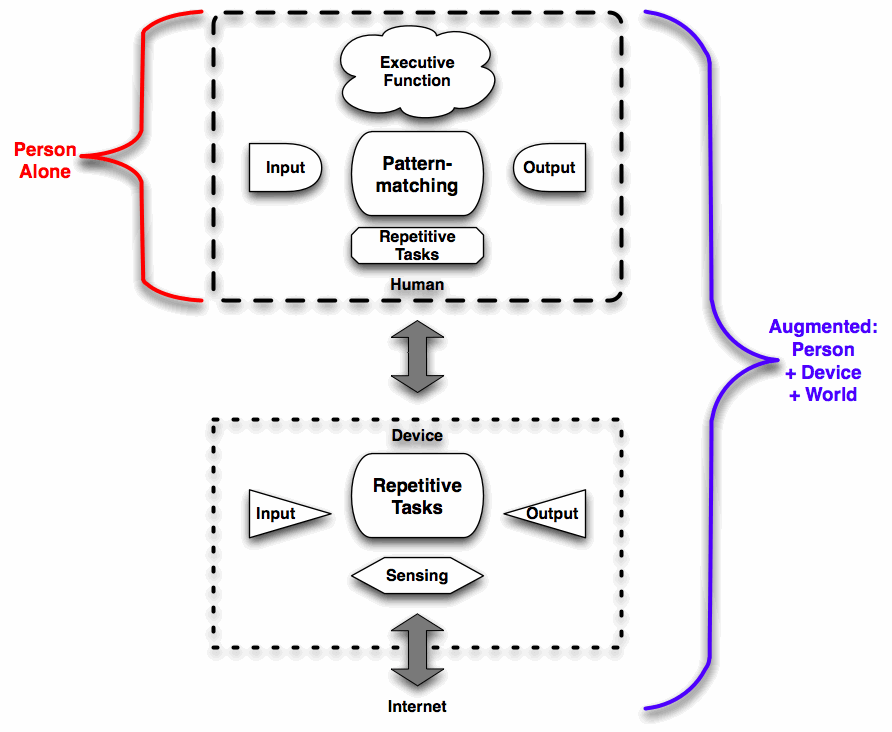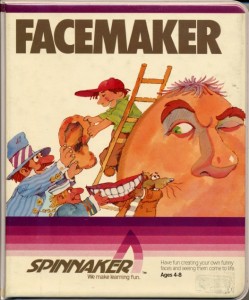The Entreprise Collaborative has a new question, asking whether we can formalize informal learning. I have to say, I don’t get the question. That is, I understand what they’re asking, and like the response they give, but I really think it’s the wrong question.
To me, it’s not about formalizing informal learning so much as explicitly supporting it versus ignoring it. Like the proverbial ‘stuff’, informal learning happens. Period. To me, it is more a matter of providing infrastructure to support informal learning, and facilitating informal learning as well.
When I talk about providing infrastructure, I’m talking about putting in place tools that can be used for informal learning. That means ways to share media (whether text, audio, or video), to comment, to edit and improve, to collaborate, etc. Part of that supporting is looking at new tools, and seeing if they provide new ways to work. Wikis are a major advance on top of emailing documents around in many ways, and similarly microblogs have provided new capabilities.
Then there is the facilitation of that informal learning. I see two roles. One is optimizing the tool use, and the other is facilitating the associated skills. For the former, tools can be used poorly or well. For example, it’s no good having portals if they’re multiple, organized around institutional silos instead of tasks, roles, or interests. There’s a role for integrating tools into a coherent user experience.
The second role is to develop individual ability to use the tools for learning, both independently and socially. To repeat a regular refrain, don’t assume the ability of learners to be effective self- and social-learners. There are specific meta-cognitive skills that should be made explicit, promoted, and supported.
This, to me, is how you optimize an organization’s ability to learn: by making the environment conducive to informal learning. In the process of facilitating, you may find opportunities to add value by taking some information and formalizing it, e.g. building a job aid around some information generated by users, or providing some guidelines about capturing videos, but I don’t think of that as wrapping structure around informal learning so much as transferring information. Are you formalizing informal learning? I don’t really care what you want to call it, to be honest. What I care about is empowering organizations to change in productive ways. And that’s an important goal no matter what you want to call it.




